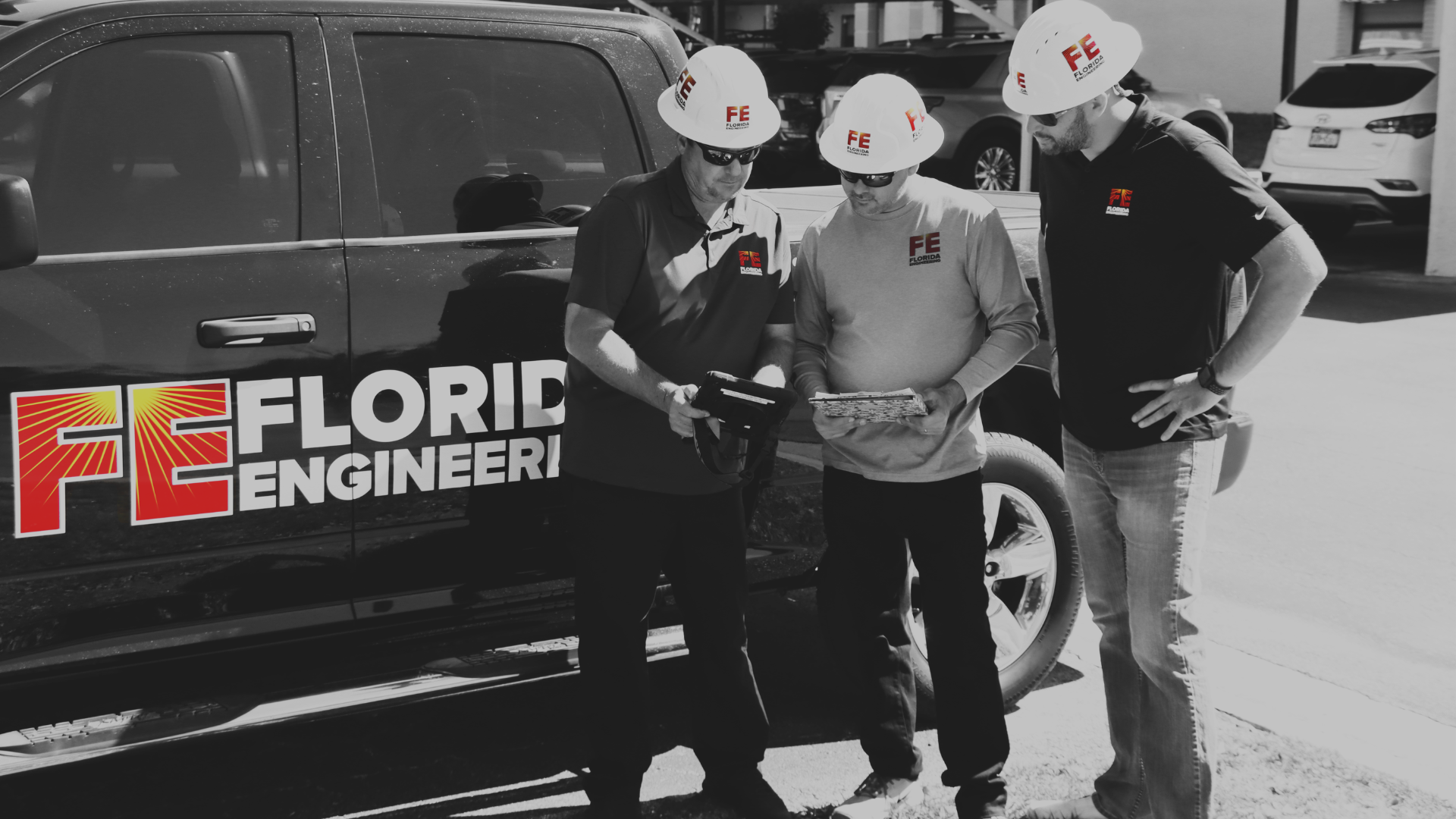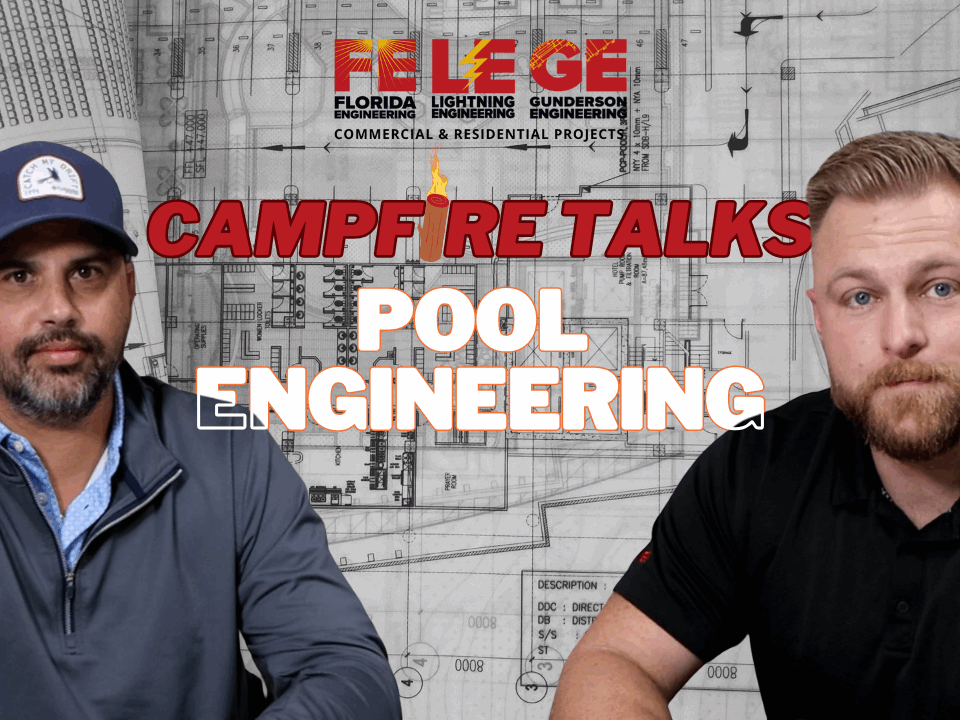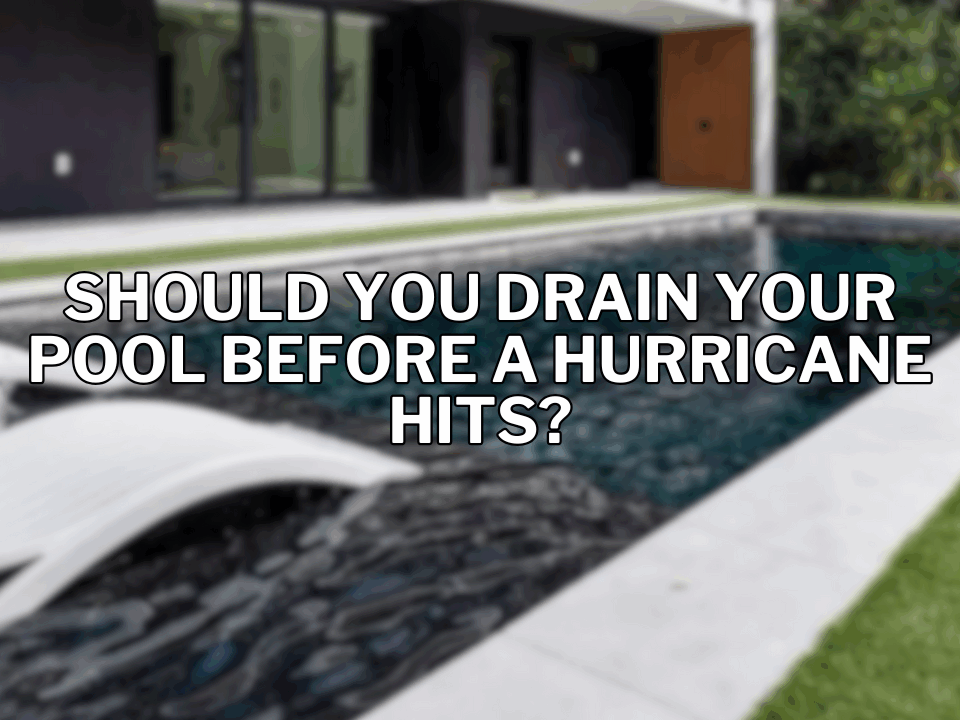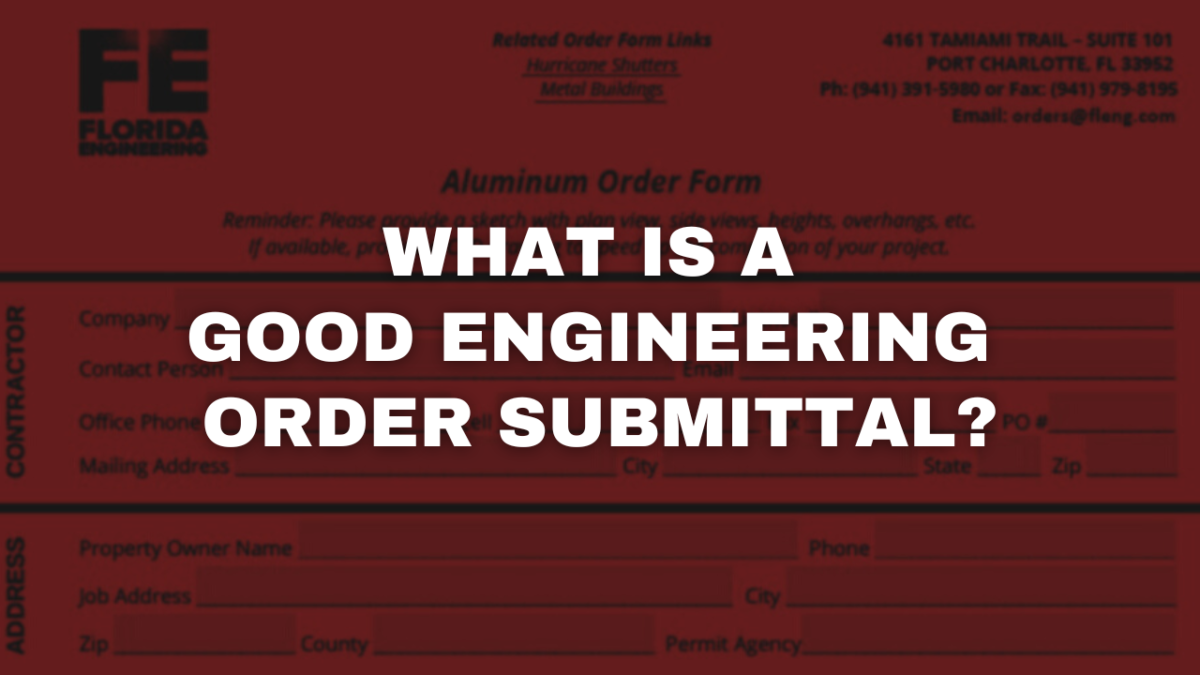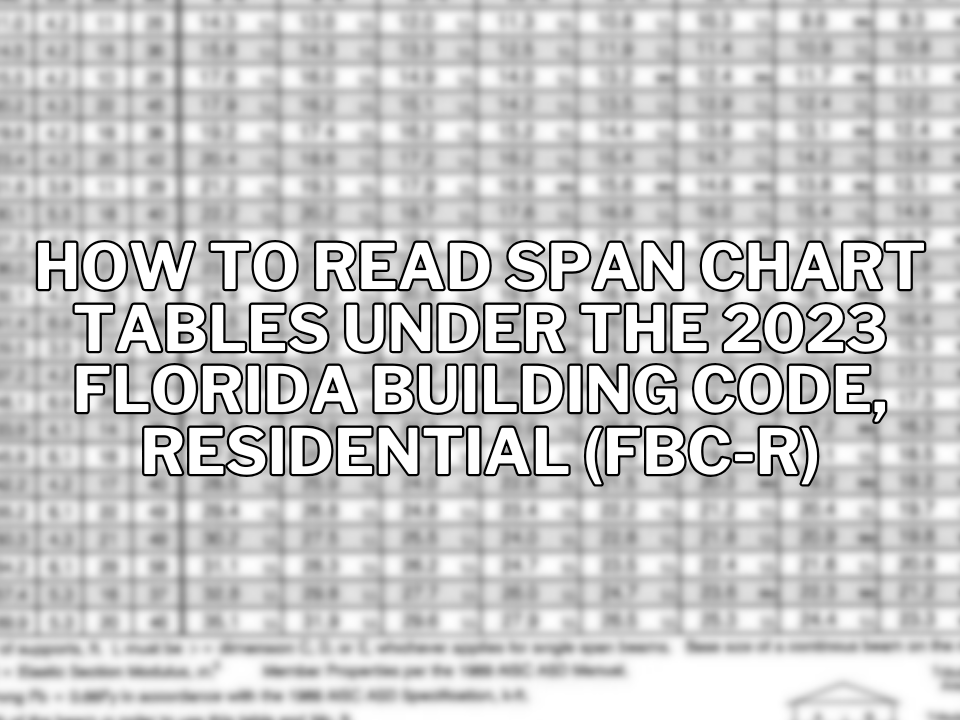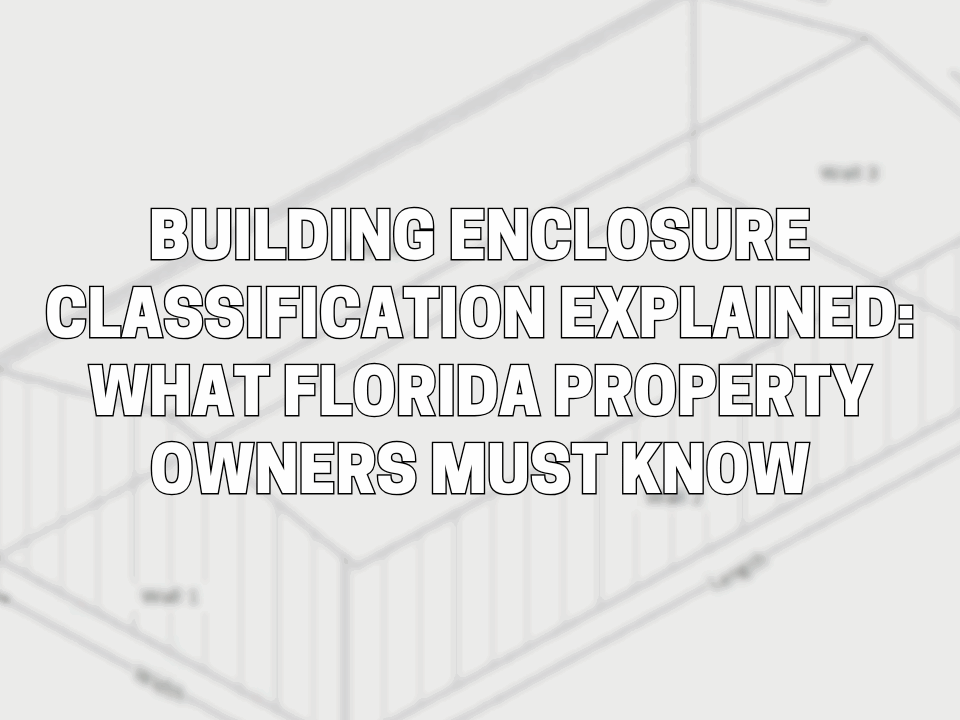We receive tens of thousands of engineering orders each year for a variety of different work. In our extensive experience, the best customers pay well, are nice to deal with, and have good submittals. We have a lot of customers that only score 2 out of 3 here because of their submittals. We have seen the whole spectrum of new engineering order submittals. In this short article, we hope highlight what constitutes a “good submittal”. We are certain that better submittals result in faster turnaround times and more accurate plans.
1. Pictures
A picture says more than a thousand words. We like pictures and often find them super helpful in processing jobs. Sometimes there is no way to process the job without them.
For example, pictures of the back of the house are always nice for us to see when there are additions such as pool cages or sunrooms.
With the latest developments in camera phones, it is super easy to take and share quality photos. However, the more is not the merrier in this case. It takes us time to process pictures; sending 2 pictures where 1 will suffice is unnecessary.
Please do not reduce the file size of the picture(s) when sending. The reduced pictures are often hard to utilize; it is difficult to zoom in and see connections, for instance.
2. Sketches
Depending on the engineering service requested, oftentimes submittals are accompanied by a sketch. Sometimes we receive drawings sketched, annotated, and dimensioned on graph papers; sometimes we also receive drawings sketched on the back of a napkin. All that we request is to be sure to get all the information on there in a legible way with dimensions, material specifications and sizes etc.
Sketches are the opposite of pictures, in the sense that “the more the merrier” does apply here. The more information on the sketch, the merrier we all are (theoretically). If you have member sizes in mind, please provide them. We will try to use your sizes if we think they are sufficient and meet code requirements. If not, we endeavor to provide you with the most economical and least objectionable alternative. Sketches do not need to be to scale, and they do not need to be a work of art. They should simply convey your intent.
One way to think about it is to envision yourself in our shoes, looking at your sketch. With this in mind, put everything on the sketch you can think of that might help us put your project together.
3. Special Instructions
Please be sure to utilize the “SPECIAL INSTRUCTIONS” section of the order form to explain anything you want about your project that can not be explained in the order form otherwise.
For example, any specific material that you would like to use, site limitations that would affect the design, departures from your usual preferences, etc.
4. Order Forms
Please be sure to utilize our latest order forms. These order forms can be found here. We have different order forms for various types of projects. The latest forms will describe and request all the information we need. These forms will offer all the latest additional services that you may need.
For instance, on one of our order forms, we have recently started offering the option for Finite Element Calculations with 3-D model outputs that we put on the plans, typically as a 3-D stress diagram. This option is not available on the outdated form.
This is just one example. Our order forms seem to evolve a bit each year.
5. Communication and Placing Orders
Send your order form with appropriate attachments ONLY to orders@fleng.com. You may CC someone at our office with the email if you just spoke with them about the job or if they are expecting it.
We have a team that processes orders and job requests as they come in. There could be a long delay if an email is sent to staff instead of orders if, for instance, that staff member is out in the field that day or in meetings. If you want someone particular to see your job, make a note in the special instruction area of the order form or in the body of your email.
6. Method of Return
The bottom of the order forms has check boxes for you to select your method of return. E-file (electronically signed PDF) or printed plans with signature and seal are the options (or both for a small fee). If you are unsure, please call your local building department for the preference. Regardless, please be sure to select a return method for your plans whether it is E-File, Hard Copies, or Both.
You would be amazed at how good of detectives we have become when it comes to deciphering submittals, but with your help, a good or great submittal can mean the difference in your job coming back to you in a timely manner or receiving a phone call or email from us with questions about your project that could have been avoided.

